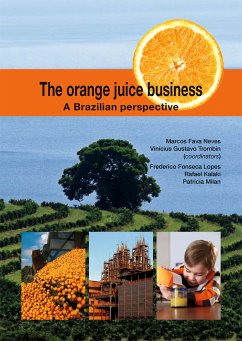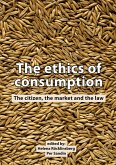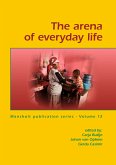The orange juice chain is unique, probably a sui generis commodity. Although several countries produce oranges and juices, two regions in the world are the responsible for around 80% of the production. These are the states of Sao Paulo in Brazil and Florida in the USA. Although the emerging countries are growing in production, the juice consumer is also concentrated in the USA and Europe where more than 90% of consumption takes place. The characteristics of this chain are so unique, that it makes a nice laboratory for academics and business people to exercise strategies, since risk is spread. Orange is a very sensitive plant, and fluctuations in production are notorious. The logistics of this chain are fascinating. The product travels great distances to reach the consumer in a generally safe and efficient way. The industry assets such as vessels and tanks are specific. By reading this book, business people, academics and chain practitioners have an opportunity to understand this chain. and can analyse all of its numbers and economics and exercise strategy building. This is needed since the orange juice market is a stable market in the world, growing only 1% per year, and the production costs of this chain are rising fast, due to structural changes faced by world food and agribusiness companies i.e. labour costs, energy costs, land costs, environmental costs and others. The book will be of interest to all those concerned with agri food chains.
Hinweis: Dieser Artikel kann nur an eine deutsche Lieferadresse ausgeliefert werden.
Hinweis: Dieser Artikel kann nur an eine deutsche Lieferadresse ausgeliefert werden.









